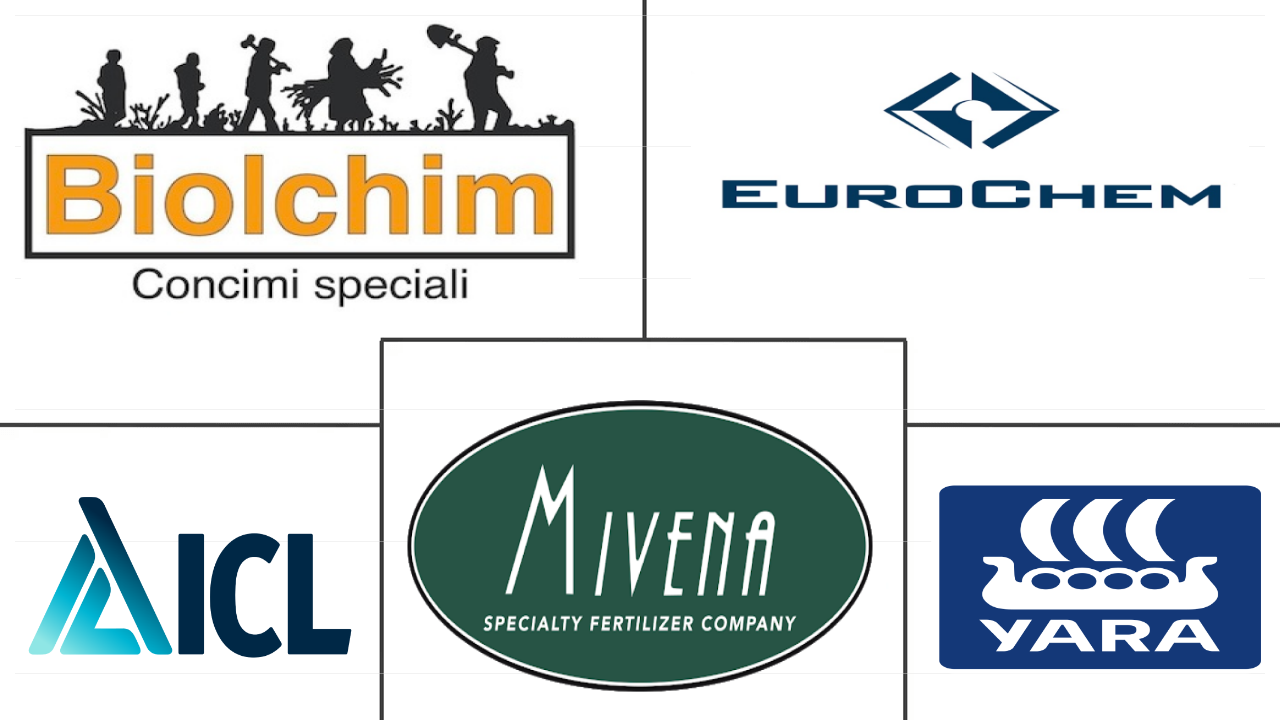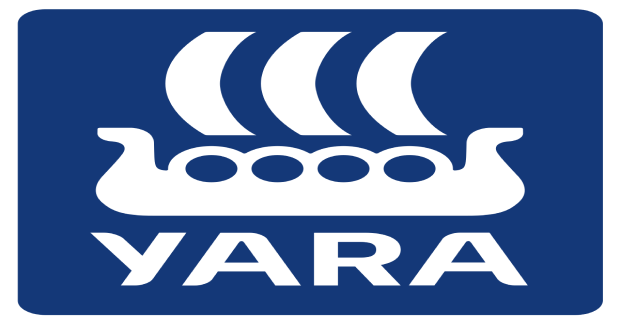Market Size of russia micronutrient fertilizer Industry
| Icons | Lable | Value |
|---|---|---|
|
|
Study Period | 2017 - 2030 |
|
|
Market Size (2024) | USD 166 Million |
|
|
Market Size (2030) | USD 235.8 Million |
|
|
Largest Share by Product | Copper |
|
|
CAGR (2024 - 2030) | 6.03 % |
|
|
Fastest Growing by Product | Molybdenum |
|
|
Market Concentration | Low |
Major Players |
||

|
||
|
*Disclaimer: Major Players sorted in no particular order |
Russia Micronutrient Fertilizer Market Analysis
The Russia Micronutrient Fertilizer Market size is estimated at 166 million USD in 2024, and is expected to reach 235.8 million USD by 2030, growing at a CAGR of 6.03% during the forecast period (2024-2030).
166 Million
Market Size in 2024 (USD)
235.8 Million
Market Size in 2030 (USD)
2.91 %
CAGR (2017-2023)
6.03 %
CAGR (2024-2030)
Largest Segment by Type
36.13 %
value share, Copper, 2023
The country soils include sandy soils, calcareous soils, and soils with high organic content exhibiting copper deficiency. This will drive the copper market in Russia.
Fastest Growing Type
6.63 %
Projected CAGR, Molybdenum, 2024-2030
The growing molybdenum micronutrient deficiency in the country's acidic soils and soils with low pH content may raise the molybdenum fertilizer usage in the country.
Largest Segment by Crop Type
95.14 %
value share, Field Crops, 2023
The demand for consistent and higher yields of staple field crops like wheat and corn in the country has lead to greater usage of fertilizers to ensure optimum productivity.
Largest segment by Application Mode
91.03 %
value share, Soil, 2023
Soil is the most common method for micronutrient application. The chelated micronutrients are proven to have fewer reactions in the soil, can increase application through soil.
Leading Market Player
10.38 %
market share, Yara International ASA, 2022

The company has several products catering to the needs of Russian farmers. The strong distribution network of Yara International ASA has a vital role for its market position.
Zinc micronutrient fertilizer dominated the Russian micronutrient fertilizer market
- Micronutrients actively participate in crucial plant metabolic activities, including cell wall formation, pollen development, germination, chlorophyll synthesis, nitrogen fixation, and protein component synthesis.
- In 2022, copper dominated Russia's micronutrient fertilizer market, constituting approximately 40.5% of the total value. Copper is pivotal in chlorophyll formation and vital for numerous enzymatic processes. Its deficiency significantly hampers crop yield, leading to subpar grain filling and malformed kernels.
- Zinc held the second-largest market share in Russia's micronutrient fertilizer market in 2022, accounting for around 23.5% of the total value. Zinc is a key constituent of plant enzyme systems, facilitating the activation of diverse enzymes and enhancing carbohydrate metabolism.
- Molybdenum, comprising 2.5% of the overall micronutrient market in 2022, is an essential trace element. Unlike most micronutrients, its availability to plants increases with soil pH. Molybdenum is crucial for the production and functioning of the nitrate reductase enzyme.
- In 2022, boron micronutrient fertilizers held the second-largest market share in Russia, accounting for 25.7% in terms of consumption volume. However, in terms of market value, boron micronutrients only commanded 5.2%, primarily due to their relatively lower cost compared to other micronutrients in the country.
- Given their pivotal role in plant metabolism, the micronutrient fertilizers market is poised for growth in the coming years.
Russia Micronutrient Fertilizer Industry Segmentation Russia Micronutrient Fertilizer Industry Segmentation
Boron, Copper, Iron, Manganese, Molybdenum, Zinc, Others are covered as segments by Product. Fertigation, Foliar, Soil are covered as segments by Application Mode. Field Crops, Horticultural Crops, Turf & Ornamental are covered as segments by Crop Type.
- Micronutrients actively participate in crucial plant metabolic activities, including cell wall formation, pollen development, germination, chlorophyll synthesis, nitrogen fixation, and protein component synthesis.
- In 2022, copper dominated Russia's micronutrient fertilizer market, constituting approximately 40.5% of the total value. Copper is pivotal in chlorophyll formation and vital for numerous enzymatic processes. Its deficiency significantly hampers crop yield, leading to subpar grain filling and malformed kernels.
- Zinc held the second-largest market share in Russia's micronutrient fertilizer market in 2022, accounting for around 23.5% of the total value. Zinc is a key constituent of plant enzyme systems, facilitating the activation of diverse enzymes and enhancing carbohydrate metabolism.
- Molybdenum, comprising 2.5% of the overall micronutrient market in 2022, is an essential trace element. Unlike most micronutrients, its availability to plants increases with soil pH. Molybdenum is crucial for the production and functioning of the nitrate reductase enzyme.
- In 2022, boron micronutrient fertilizers held the second-largest market share in Russia, accounting for 25.7% in terms of consumption volume. However, in terms of market value, boron micronutrients only commanded 5.2%, primarily due to their relatively lower cost compared to other micronutrients in the country.
- Given their pivotal role in plant metabolism, the micronutrient fertilizers market is poised for growth in the coming years.
| Product | |
| Boron | |
| Copper | |
| Iron | |
| Manganese | |
| Molybdenum | |
| Zinc | |
| Others |
| Application Mode | |
| Fertigation | |
| Foliar | |
| Soil |
| Crop Type | |
| Field Crops | |
| Horticultural Crops | |
| Turf & Ornamental |
Russia Micronutrient Fertilizer Market Size Summary
The Russian micronutrient fertilizer market is poised for significant growth, driven by the essential role these fertilizers play in enhancing plant metabolic activities such as chlorophyll synthesis, nitrogen fixation, and protein component synthesis. The market is characterized by a diverse range of micronutrients, with copper and zinc holding substantial shares due to their critical functions in plant health and crop yield optimization. The agricultural landscape in Russia, dominated by field crops like wheat, corn, soybean, and rye, underscores the demand for micronutrient fertilizers. The government's initiatives to expand arable land and increase agricultural production further bolster the market's growth prospects.
The market is fragmented, with key players like Biolchim SPA, EuroChem Group, ICL Group Ltd, Mivena BV, and Yara International ASA leading the charge. These companies are actively innovating and expanding their product offerings to meet the growing demand for sustainable and efficient farming solutions. The emphasis on maintaining optimal soil micronutrient levels and the adoption of sustainable farming practices are expected to drive the market forward. As Russia continues to enhance its agricultural output, the micronutrient fertilizer market is set to experience robust growth, supported by both government policies and industry advancements.
Russia Micronutrient Fertilizer Market Size - Table of Contents
-
1. MARKET SEGMENTATION (includes market size in Value in USD and Volume, Forecasts up to 2030 and analysis of growth prospects)
-
1.1 Product
-
1.1.1 Boron
-
1.1.2 Copper
-
1.1.3 Iron
-
1.1.4 Manganese
-
1.1.5 Molybdenum
-
1.1.6 Zinc
-
1.1.7 Others
-
-
1.2 Application Mode
-
1.2.1 Fertigation
-
1.2.2 Foliar
-
1.2.3 Soil
-
-
1.3 Crop Type
-
1.3.1 Field Crops
-
1.3.2 Horticultural Crops
-
1.3.3 Turf & Ornamental
-
-
Russia Micronutrient Fertilizer Market Size FAQs
How big is the Russia Micronutrient Fertilizer Market?
The Russia Micronutrient Fertilizer Market size is expected to reach USD 165.97 million in 2024 and grow at a CAGR of 6.03% to reach USD 235.79 million by 2030.
What is the current Russia Micronutrient Fertilizer Market size?
In 2024, the Russia Micronutrient Fertilizer Market size is expected to reach USD 165.97 million.

